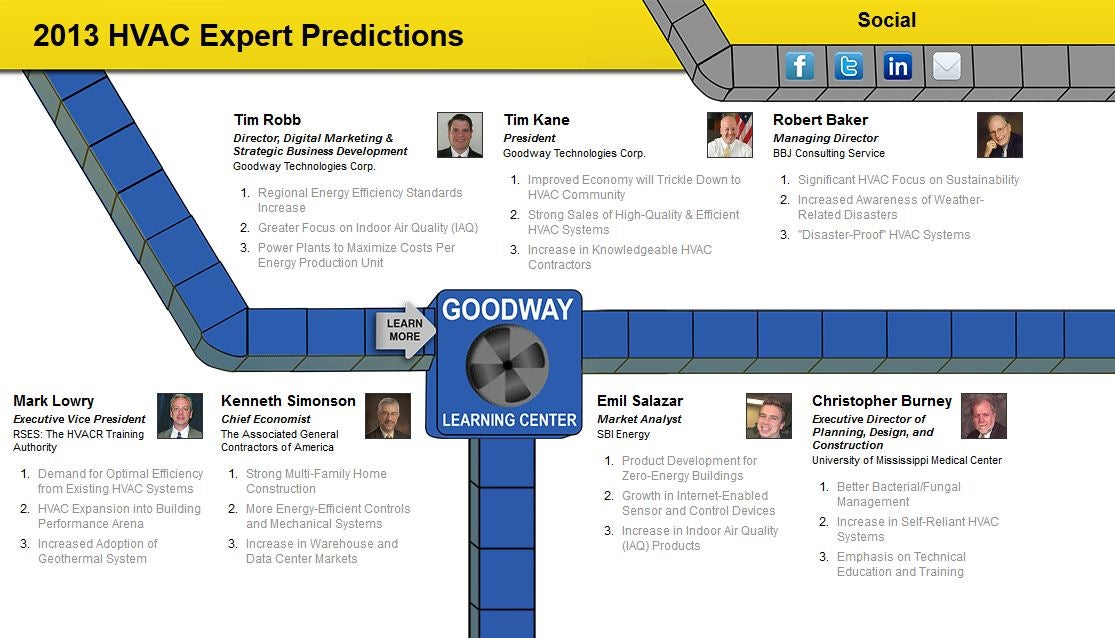The Future Of Home Home Heating - Just How Heatpump Innovation Is Advancing
The Future Of Home Home Heating - Just How Heatpump Innovation Is Advancing
Blog Article
Web Content Produce By-Dugan Ringgaard
Heat pumps will certainly be a critical innovation for decarbonising heating. In a circumstance constant with federal governments' introduced power and climate commitments, their international capacity doubles by 2030, while their share in heating rises to one-quarter.
They work best in well-insulated homes and depend on power, which can be provided from a sustainable power grid. Technical developments are making them more efficient, smarter and more affordable.
Gas Cells
Heat pumps use a compressor, cooling agent, coils and fans to move the air and warmth in homes and home appliances. They can be powered by solar power or electrical power from the grid. They have actually been obtaining appeal due to their affordable, peaceful operation and the capability to generate electrical power throughout peak power demand.
Some firms, like IdaTech and BG MicroGen, are working on fuel cells for home heating. These microgenerators can replace a gas central heating boiler and produce some of a residence's electrical demands with a link to the electrical energy grid for the remainder.
However there are factors to be hesitant of using hydrogen for home heating, Rosenow says. It would certainly be pricey and ineffective compared to other innovations, and it would certainly contribute to carbon emissions.
Smart and Connected Technologies
Smart home innovation enables home owners to attach and control their devices from another location with the use of mobile phone applications. As an example, wise thermostats can learn your heating choices and immediately adjust to enhance power consumption. Smart illumination systems can be regulated with voice commands and automatically turn off lights when you leave the space, reducing power waste. And just click the following web site can keep an eye on and manage your electric usage, enabling you to recognize and limit energy-hungry appliances.
The tech-savvy home illustrated in Carina's meeting is a good illustration of just how passengers reconfigure area heating methods in the light of brand-new wise home modern technologies. They rely upon the devices' automatic functions to execute daily adjustments and concern them as a hassle-free methods of performing their heating techniques. Because of this, they see no reason to adapt their methods even more in order to enable adaptability in their home power need, and treatments targeting at doing so might deal with resistance from these families.
Electrical energy
Since warming homes accounts for 13% people emissions, a button to cleaner choices can make a huge distinction. Yet the innovation deals with difficulties: It's expensive and calls for comprehensive home improvements. And it's not always compatible with renewable energy resources, such as solar and wind.
Until lately, electrical heatpump were also costly to compete with gas models in many markets. But new developments in style and materials are making them much more affordable. And much better cold climate efficiency is allowing them to function well even in subzero temperature levels.
The next step in decarbonising home heating might be the use of warmth networks, which draw warmth from a central source, such as a nearby river or sea inlet, and disperse it to a network of homes or buildings. That would minimize carbon exhausts and enable families to make use of renewable energy, such as eco-friendly electrical energy from a grid supplied by renewables. This alternative would certainly be less pricey than changing to hydrogen, a nonrenewable fuel source that calls for brand-new framework and would only minimize carbon dioxide discharges by 5 percent if paired with boosted home insulation.
Renewable resource
As electricity prices go down, we're beginning to see the same fad in home heating that has actually driven electrical vehicles into the mainstream-- however at an even much faster pace. The strong environment case for impressive homes has actually been pressed better by new study.
Renewables make up a considerable share of modern-day heat usage, but have actually been given restricted plan focus globally contrasted to other end-use industries-- and even much less interest than electrical energy has. Partly, this shows a mix of customer inertia, divided motivations and, in lots of countries, subsidies for fossil fuels.
New technologies can make the shift simpler. For instance, heatpump can be made much more energy effective by changing old R-22 refrigerants with new ones that don't have the high GWPs of their precursors. Some professionals additionally picture area systems that draw heat from a close-by river or sea inlet, like a Norwegian fjord. The warm water can then be made use of for heating and cooling in a community.